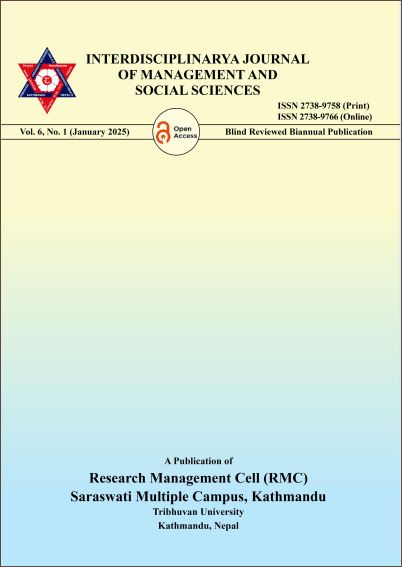Strategic Cooperation of Sino-Indo Relations in the 21st Century after the 2020 Border Standoff
DOI:
https://doi.org/10.3126/ijmss.v6i1.75394Keywords:
Border standoff, Bilateral ties, Dispute, Dialogue, Global SouthAbstract
The purpose of the study is to examine Sino-Indo relations after the 2020 border standoff and aims to rethink their bilateral ties in the 21st century through a pragmatic approach. The design of the study is descriptive and explores the chronological dispute of Sino-Indo relations since 1962 onwards. The fact of the quantitative method also explores all sorts of both state relationships. The source of the study is secondary. The pattern of 3Ms [mutual respect, mutual sensitivity, and mutual interest] would reframe the 21st-century relations. Both China and India rethink their relations to enhance the theory of interdependence through robust engagements in the Panchsheel principle as well as political dialogue and debates with a consensus approach. The study shows that diplomatic ties define neither friends nor enemies/rivalry but always want a powerful and stable neighbor. This study determines the state strategy and balance of power. It is relevant to foreseeable research on border disputes and provides empirical insights about Hindi-Chini (Indians and Chinese brothers) relations. The study examines the exploratory variable of border dispute only. The finding provides a better understanding of the Sino-Indo however, the ties is going on abnormal after the border dispute issue. Theoretically, it drives equilibrium, but empirically, it is a rational behavior that matters.
Downloads
Downloads
Published
How to Cite
Issue
Section
License

This work is licensed under a Creative Commons Attribution-NonCommercial 4.0 International License.

